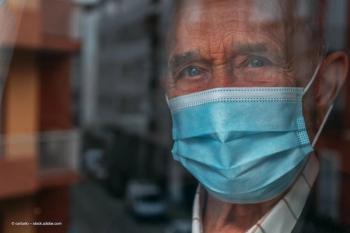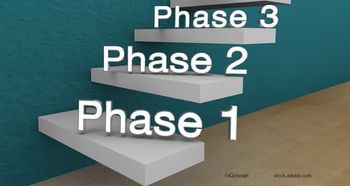
iPhone may replace slit lamp photos
In comparing conventional slit lamp photography with iPhone images, it was found the smartphone produces higher-quality pictures and in a more economical way.
"We started using the iPhone to be able to take pictures 24 hours a day, 7 days a week," said Dr George Magrath, MBA, Storm Eye Institute, Medical University of South Carolina (MUSC), Charleston, South Carolina, USA. "[In the past], a lot of ocular pathology [might have] come in over the weekend or overnight, [when] we were unable to use our slit lamp camera because the department was closed, the technician wasn't available, or we were in the emergency room.
A slit lamp camera, in trained hands, can produce clear, high-resolution images of the anterior segment. However, such cameras can cost up to $10000 (approx. €7400) and require the services of a trained slit lamp photographer to produce consistent, high-quality results.
Discovering the technology
What began as a workaround for first-year residents to send relevant patient images to their back-up or to on-call ophthalmologists is expanding.
Emergency room physicians and providers have a need for immediate images for triage and treatment consults or to store for later teaching use.
The original adapter was based loosely on an
Newsletter
Get the essential updates shaping the future of pharma manufacturing and compliance—subscribe today to Pharmaceutical Technology and never miss a breakthrough.







































